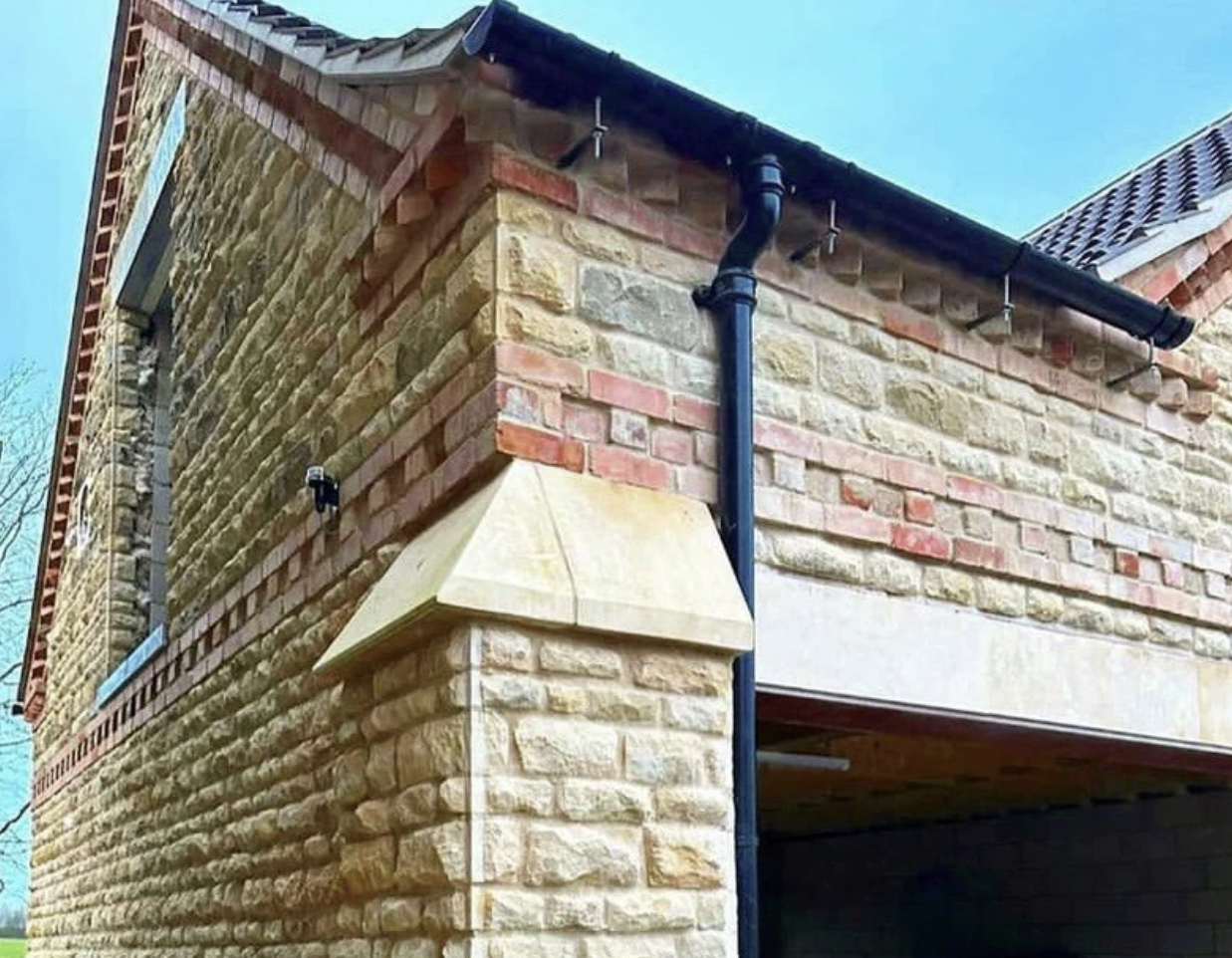Identifying whether a house has cast iron gutters and downpipes can be quite straightforward if you know what to look for.
Cast iron is a durable and traditional material often used in older buildings, and it has distinct characteristics that set it apart from modern alternatives like plastic or aluminium rainwater. Here are some tips to help you determine if a house has cast iron gutters and downpipes.
1. Visual Inspection
Start with a close visual inspection. Cast iron gutters and downpipes have a few distinguishing features:
- Appearance: Cast iron typically has a matte finish and can appear more robust and solid compared to plastic or aluminium. Over time, it may develop a patina or slight rust, especially if it hasn't been painted recently.
-
Weight and Solidity: Cast iron is heavy and gives a sense of solidity. If you gently tap it, it will produce a dull, metallic sound, unlike the lighter, more hollow sound of plastic or aluminium.
2. Shape and Design
Cast iron gutters and downpipes often have more ornate and traditional designs.
Look for:
- Profile: Older houses with cast iron gutters might have intricate profiles such as Victorian ogee (a curve with a concave and convex edge) or half-round shapes. Modern materials usually have simpler, more uniform profiles.
- Joints and Fittings: Cast iron systems have bolted or screwed joints and fittings, which can be visible upon inspection. Modern systems often use snap-together fittings.
3. Material and Texture
Feel the material if possible:
- Texture: Cast iron feels rougher and more textured compared to the smooth surface of plastic or the sleekness of aluminium.
- Thickness: Cast iron is noticeably thicker and sturdier than other materials.
4. Look for Manufacturer Marks
Many cast iron gutter and downpipe systems have manufacturer marks or stamps.
These can usually be found at the ends of gutter sections or on the back of downpipes.
These marks might be more visible on older installations where the paint has worn away.
5. Check the Age of the Building
The age of the house can also be a clue:
- Historical Buildings: If the house is an older, historical building, there is a higher chance it has original cast iron gutters and downpipes.
-
Renovations and Updates: If the house has been renovated, check for documentation or signs of recent work that might indicate newer materials.
6. Rust and Maintenance Signs
Cast iron, being prone to rust over time, may show signs of rust if it hasn't been well-maintained. Look for:
- Rust Spots: Check for rust spots, particularly around joints and brackets. This is a tell-tale sign of cast iron.
-
Paint Condition: Often, cast iron gutters are painted to protect them from rust. Chipping or peeling paint can reveal the underlying metal.
7. Consult with a Professional
If you’re still unsure, consider getting a professional to site:
- Surveyors or Plumbers: Experienced surveyors or plumbers can quickly identify cast iron gutters and downpipes.
- Historic Building Experts: If the house is a historic property, an expert in historic buildings will have the knowledge to determine the materials used.
Conclusion
By paying attention to the visual characteristics, design details, material texture, and historical context, you can confidently determine if a house has cast iron gutters and downpipes.
If in doubt, seeking professional advice can provide clarity and ensure you correctly identify the guttering material.

